Back to Courses
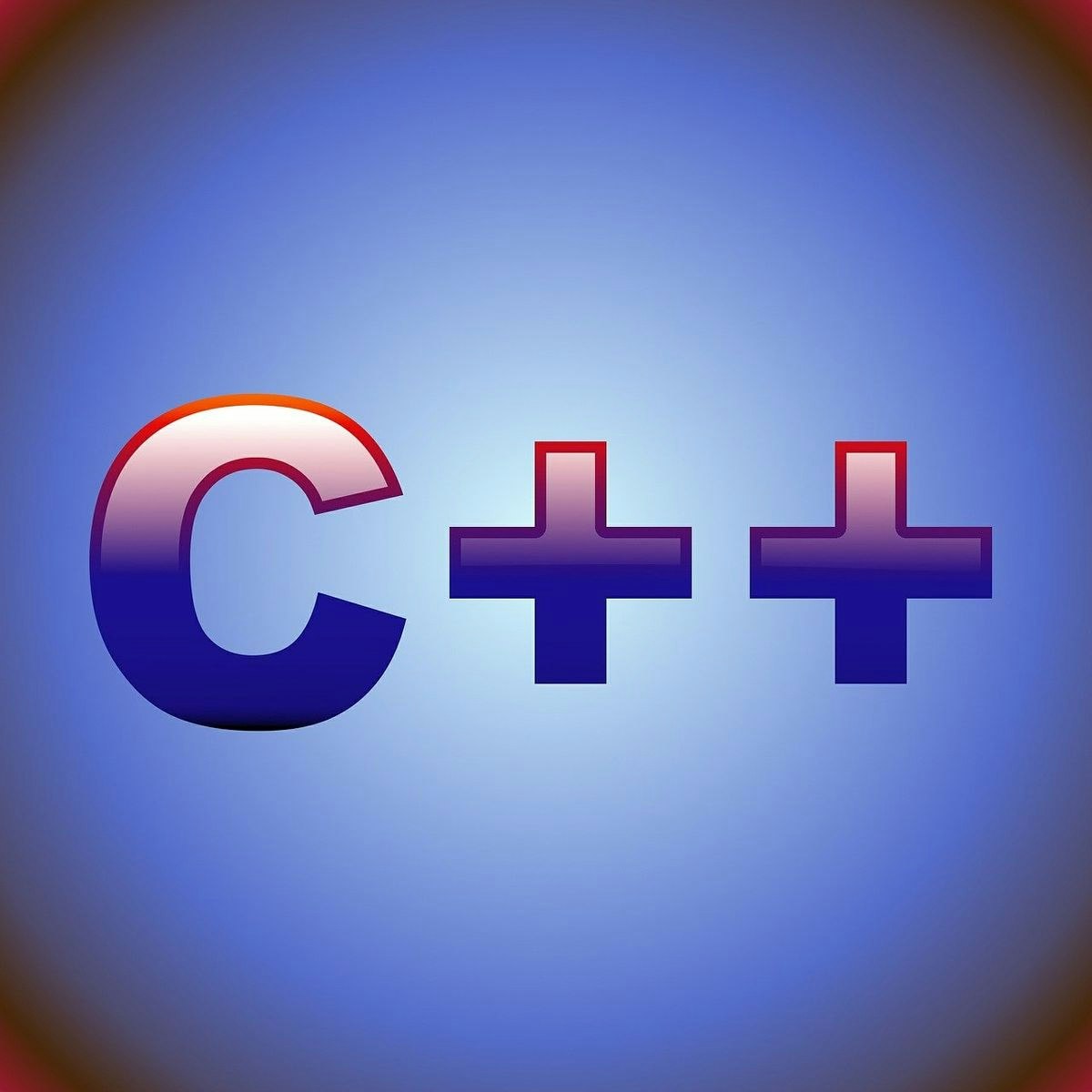

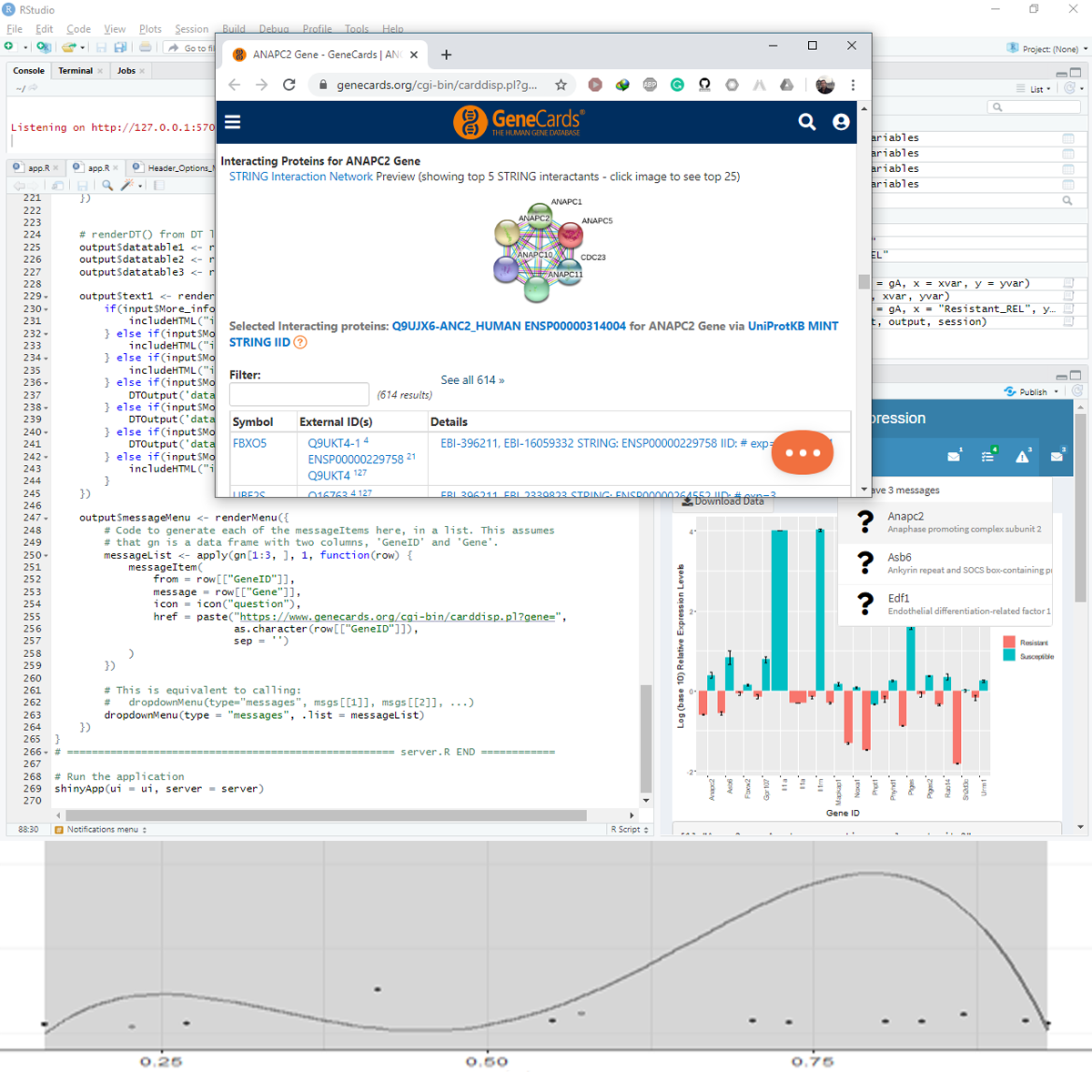


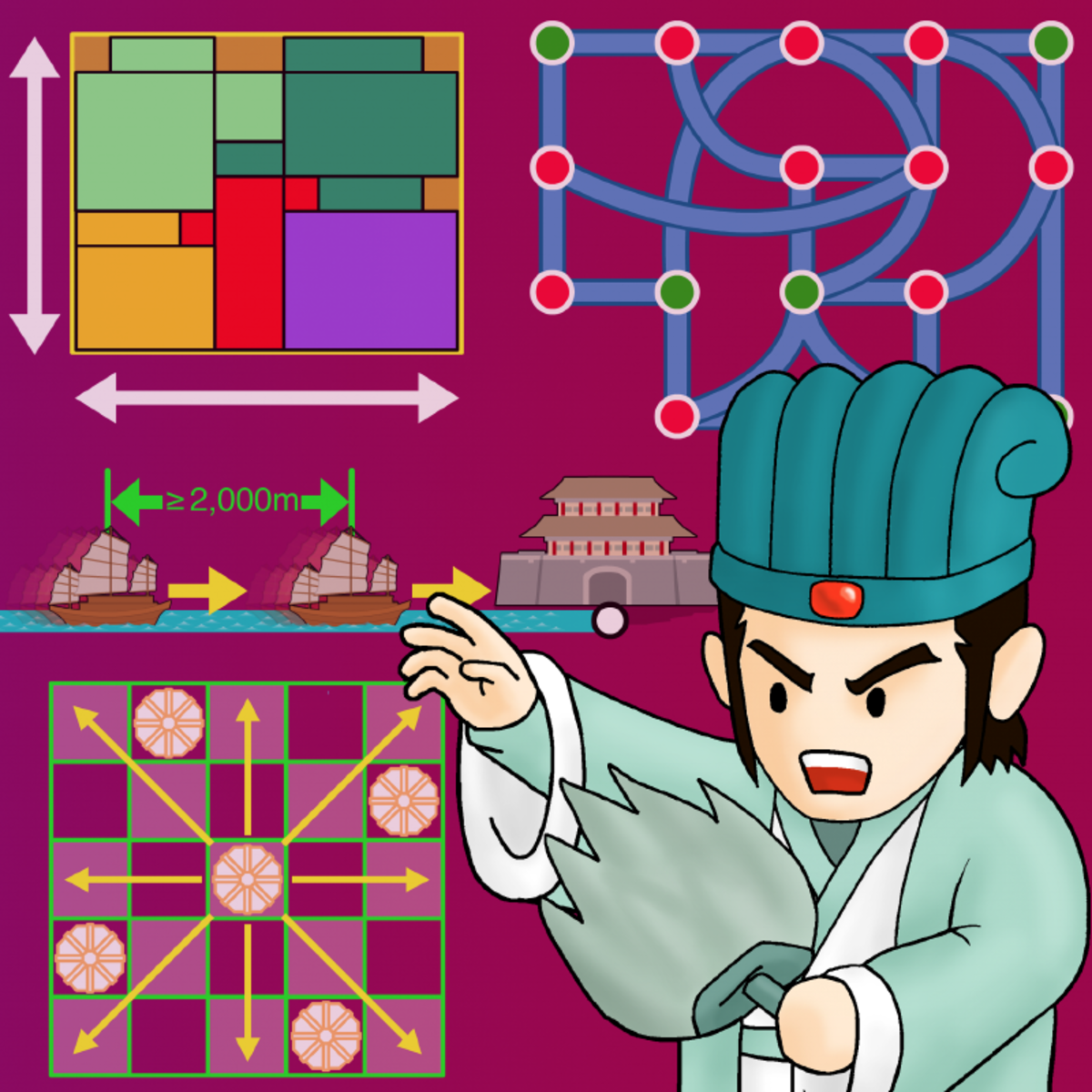
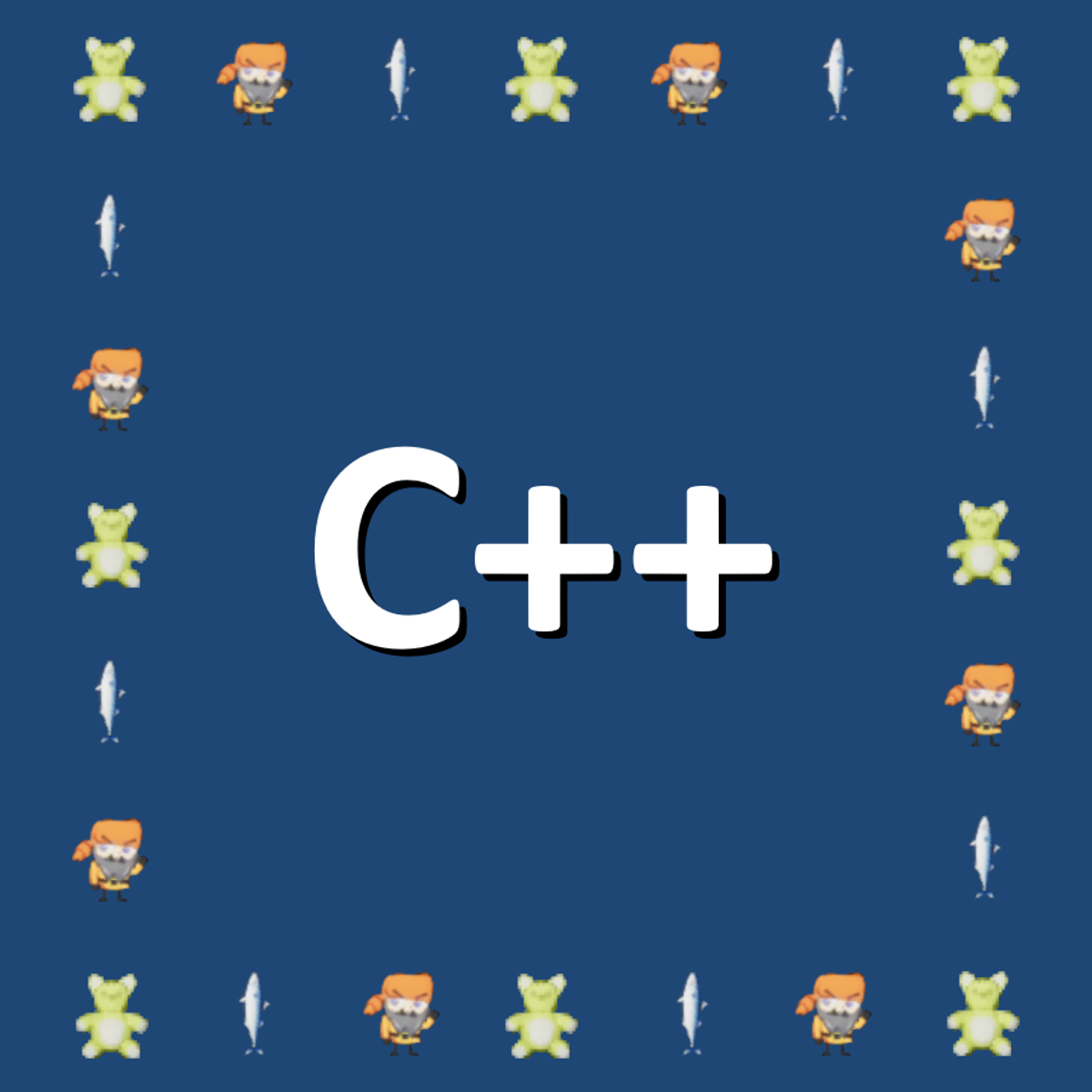

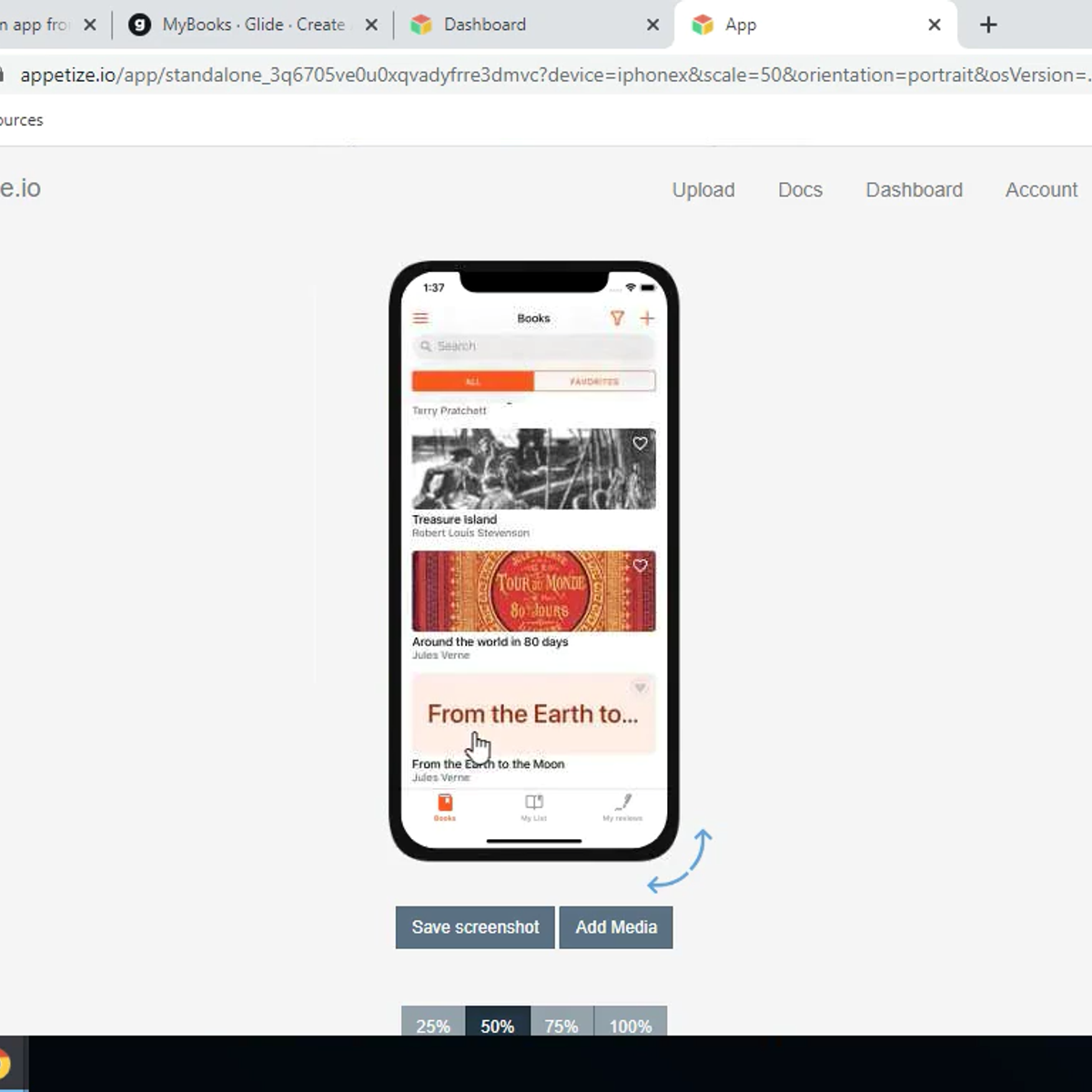
Software Development Courses - Page 101
Showing results 1001-1010 of 1266

Analyzing Video with OpenCV and NumPy
In this one hour long project-based course, you will learn the basics of reading, analyzing and writing video using Python, NumPy and OpenCV. We will be working with a short documentary film which is in the public domain, so we are free to download and manipulate it. We will read in the video data frame-by-frame, examine the contents and modify them from Python.
By the end of this project, you will have analyzed a video at the pixel level, modified its contents and created a new video file
Note: This course works best for learners who are based in the North America region. We’re currently working on providing the same experience in other regions.

C++ Inheritance, Aggregation and Composition
In this project you will create a C++ application that inherits from a Car class and use aggregation and composition in a class that uses one to many Car objects.
A hallmark of Object-Oriented programming is code-reuse. Code re-use allows the developer to use tried and tested code, which results in more reliable code and saves in development time as well. In Object-Oriented Programming in a language such as C++, code re-use can be accomplished in two distinctive ways. One way is to inherit from an existing class by extending its existing functionality. Another common way to re-use code is through aggregation and composition. In aggregation, the class is made up of other existing classes that may exist independent of the child class. In composition, the child class depends on its parent for existence.
Note: This course works best for learners who are based in the North America region. We’re currently working on providing the same experience in other regions.

Object-Oriented Java: Inheritance and Encapsulation
Code and run your first Java program in minutes without installing anything!
This course is designed for learners with limited coding experience, providing a solid foundation of not just Java, but core Computer Science topics that can be transferred to other languages. The modules in this course cover inheritance, encapsulation, polymorphism, and other object-related topics. Completion of the prior 3 courses in this specialization is recommended.
To allow for a truly hands-on, self-paced learning experience, this course is video-free. Assignments contain short explanations with images and runnable code examples with suggested edits to explore code examples further, building a deeper understanding by doing. You'll benefit from instant feedback from a variety of assessment items along the way, gently progressing from quick understanding checks (multiple choice, fill in the blank, and un-scrambling code blocks) to small, approachable coding exercises that take minutes instead of hours.

Using Shiny to Plot Differential Gene Expression
In this project-based course, you will create a Shiny app to plot gene expression data (Real-Time PCR) from a published manuscript. You will build the Shiny app from scratch and handle every component of Shiny. The project covers data processing and collecting feedback from the user to build and finetune the output.
In this course, we will be concerned with the optimal use of inputs and outputs. Instead of building a lot of inputs and outputs, we will use a limited number of components and recycle some even seven times for different purposes.

Software Design Threats and Mitigations
The design step in developing software has some unique characteristics. First of all, it’s the only step where drawing pictures of things is the norm. Why is that? What do pictures do that other representations cannot do? Pictures have varying levels of detail; pictures have context. Pictures…paint a picture. Why are these things important? In this course, too, we begin looking at other disciplines (building architecture is a favorite one) for lessons on design.

Access an EC2 instance shell from the AWS console
In this 1-hour long project-based course, you will learn how to Access an EC2 instance shell from the AWS console
Amazon Elastic Compute Cloud is the service you use to create and run virtual machines (VM), also known as instances. By completing the steps in this guided project, you will successfully launch a Linux VM on Amazon EC2 within the AWS Free Tier. You will also connect to the instance that you launch using the AWS management console and then deploy a web application using the AWS management console.

Advanced Modeling for Discrete Optimization
Optimization is a common form of decision making, and is ubiquitous in our society. Its applications range from solving Sudoku puzzles to arranging seating in a wedding banquet. The same technology can schedule planes and their crews, coordinate the production of steel, and organize the transportation of iron ore from the mines to the ports. Good decisions in manpower and material resources management also allow corporations to improve profit by millions of dollars. Similar problems also underpin much of our daily lives and are part of determining daily delivery routes for packages, making school timetables, and delivering power to our homes. Despite their fundamental importance, all of these problems are a nightmare to solve using traditional undergraduate computer science methods.
This course is intended for students who have completed Basic Modelling for Discrete Optimization. In this course you will learn much more about solving challenging discrete optimization problems by stating the problem in a state-of-the-art high level modeling language, and letting library constraint solving software do the rest. This course will focus on debugging and improving models, encapsulating parts of models in predicates, and tackling advanced scheduling and packing problems. As you master this advanced technology, you will be able to tackle problems that were inconceivable to solve previously.
Watch the course promotional video here: https://www.youtube.com/watch?v=hc3cBvtrem0&t=8s

C++ Class Development
This course is the third course in the specialization about learning how to develop video games using the C++ programming language and the Unreal game engine on Windows or Mac.
This course assumes you have the prerequisite knowledge from the previous two courses in the specialization. You should make sure you have that knowledge, either by taking those previous courses or from personal experience, before tackling this course. Throughout this course you'll continue building your foundational C++ and Unreal knowledge by exploring more C++ and Unreal topics.
Module 1: Learn how abstraction helps us develop good software and design and implement console app classes
Module 2: Explore how functions really work "under the covers"
Module 3: Design and implement Unreal classes and include them in a game. Discover how strings work in both C++ and in an Unreal HUD
Module4: Expand your understanding of pointers and add sound effects to an Unreal game

Absolute Basics of COBOL
In this project you will have your first look at the COBOL programming language. As you view, compile, and execute COBOL code you will learn what COBOL is, where it began, and how it has evolved to remain an important player in today’s business systems. In fact, it is estimated that up to 70% of large corporations still use COBOL for processing data in their mission-critical systems. For extra practice, be sure to check out the optional practice and capstone activities.

Build a mobile app with Google Sheets on Glide and no coding
In this 2-hour long project-based course, you will learn how to create a mobile app from a Google Sheet using Glide, a web application built by former Microsoft engineers to simplify app development. You will learn how to create the data structure for the app to rely on Google Sheets, how to test the app, distribute it and install it, with no need of coding experience of skills.
You will build a book-sharing mobile app with user sign-in functionalities, adding items, marking as favorites, creating personalized list, sharing book reviews and more.
The tool can be used as an easy development and marketing tool in order to create functional apps for personal and business use, for your client, as promotion tools or company internal applications, and more.
Note: This course works best for learners who are based in the North America region. We’re currently working on providing the same experience in other regions.
Popular Internships and Jobs by Categories
Browse
© 2024 BoostGrad | All rights reserved


